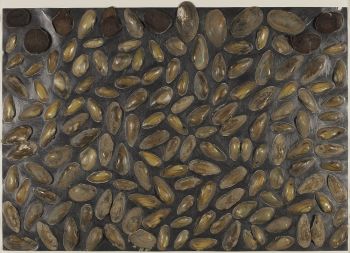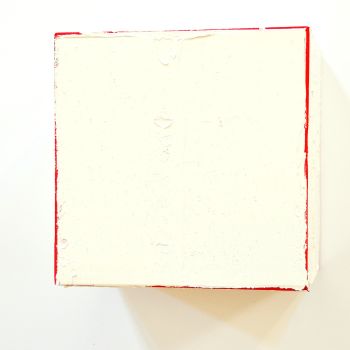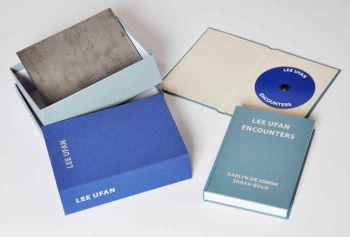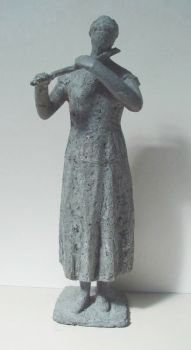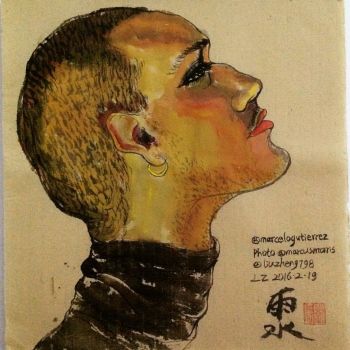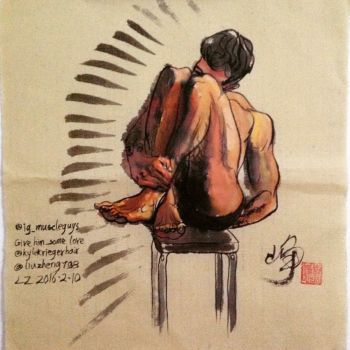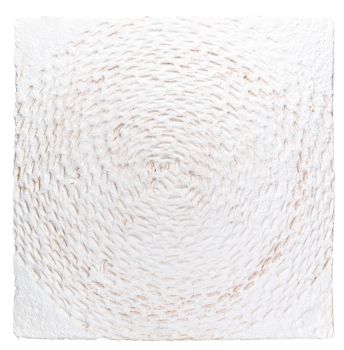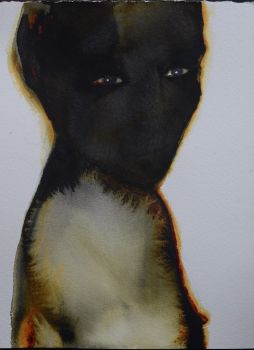“Overhand Knot no. 2” 1986 – papier-mâché / cotton on paper, original frame 1986
Shinkichi Tajiri
PaperPapier-machéHandmade paper
52 ⨯ 62 ⨯ 8 cm
ConditionVery good
Price on request
Van Kerkhoff Art
- About the artworkA original sculpture / relief in papier-mâché / cotton, laid down on paper. In original frame. Titled, signed and dated by the artist in pencil. Labeled on the back with second signature by the artist.
Condition
Good original condition, original frame.
Dimensions
Artwork
Height 40 cm
Width 50 cm
Frame
Height 52 cm
Width 62 cm
Depth 8 cm
Provenance
Private collection, The Netherlands
Bought directly from the artist. - About the artist
Shinkichi Tajiri, a child of first-generation immigrants to the USA from Japan, spent his childhood in Los Angeles and San Diego. Following the 1941 attack on the US airfield in Hawaii by the Japanese army, Tajiri’s family was sent to the Poston War Relocation Center, an internment camp in Arizona.
In a combination of patriotism and his wish to leave the camp, Tajiri soon volunteered for the army and joined the all-Japanese American regiment, which later became the most decorated regiment of its size in American military history. He subsequently attended the Chicago Art Institute from 1946 to 1948, also working for the sculptor Isamu Noguchi in New York.
In 1949 he moved to Paris and studied with Ossip Zadkine and Fernand Léger. Primarily a sculptor, Tajiri also made a number of award-winning films, videos, stereo and panoramic photos and works on paper.
Shinkichi Tajiri saw the war as catalyst for his becoming an artist and he regarded his imagery as a way of crystallising his war experiences. The main themes of his work are speed, erotica and violence in an ongoing confrontation with the tragedies of the Second World War and its aftermath.In 1967 and 1968 he made a series of sculptures entitled Machines as a form of protest against the violence of the Vietnam War. Machine No 7 1967–8 is a steel, aluminium, Plexiglas and chromed iron sculpture shaped like a hybrid of a fighter plane and a gun, embodying Tajiri’s experiences of the violence of war.
Are you interested in buying this artwork?
Artwork details
Related artworks
- 1 - 1 / 1
LAWRENCE WEINER
"SKIMMING THE WATER [MENAGE A QUATRE]" Signed book plus small artwork2010 - 2014
Price on requestGallerease Selected
 Curated by
Curated byDanny Bree
1 - 4 / 24Klaas II Mobach
Hanna Mobach, daughter of the sculptor Klaas Mobach, reading1950 - 1970
Price on requestKunsthandel Pygmalion
1 - 4 / 24- 1 - 4 / 24
Børge Mogensen
Teak wood “dropleaf” desk – Søborg Møbler, Denmark circa 19551950 - 1960
Price on requestVan Kerkhoff Art
1 - 4 / 12


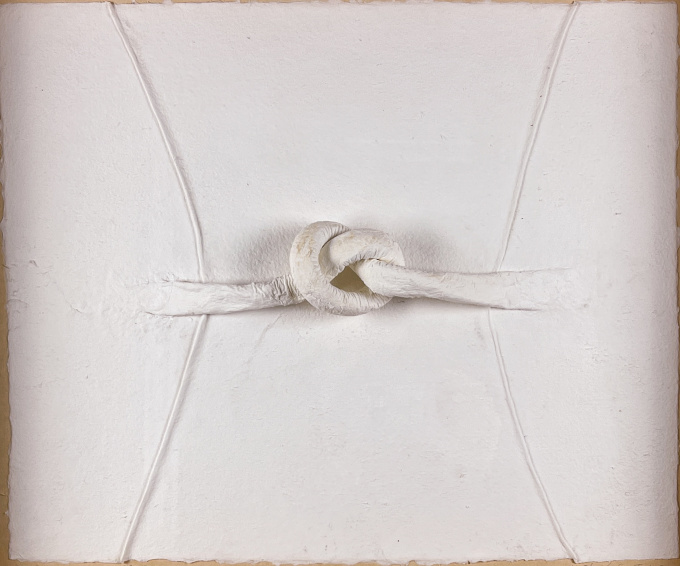





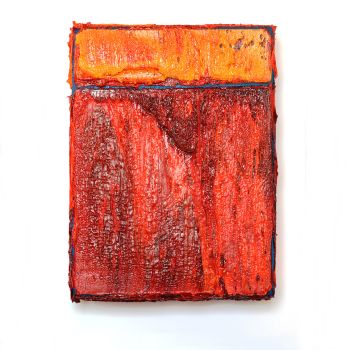







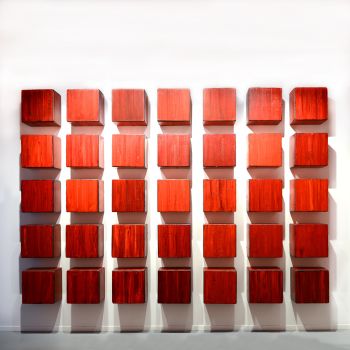





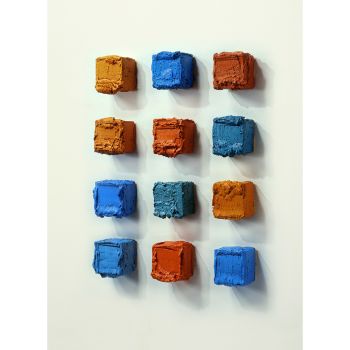

!["SKIMMING THE WATER [MENAGE A QUATRE]" Signed book plus small artwork by LAWRENCE WEINER](https://media-2.gallerease.com/images/442bfd5f-fc31-4e18-a2fa-ee0c08eade64/350x350/skimming-the-water-menage-a-quatre-signed-book-plus-small-artwork.jpg)
